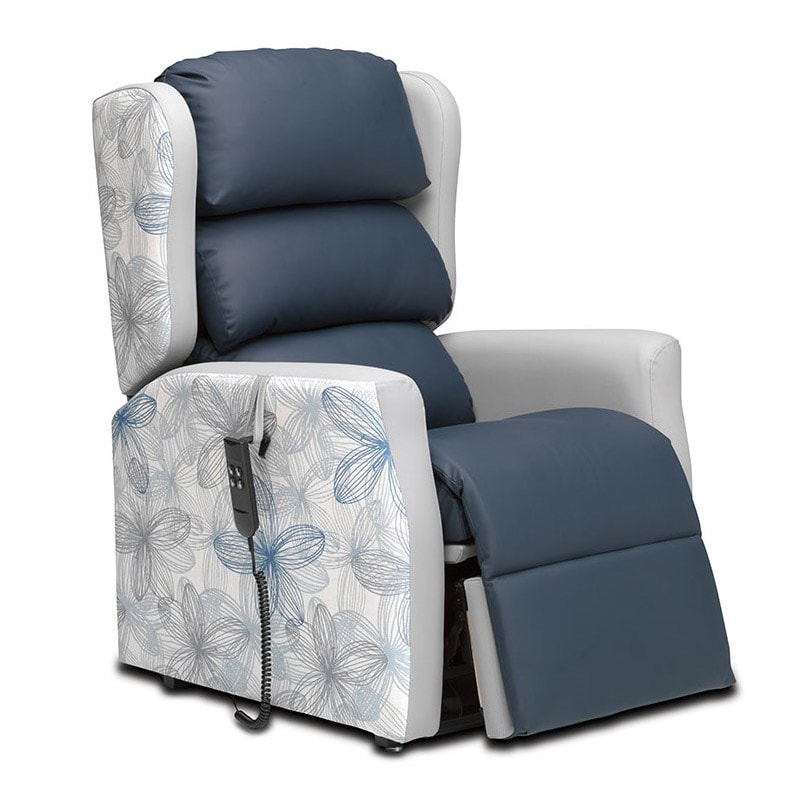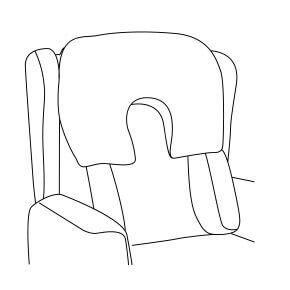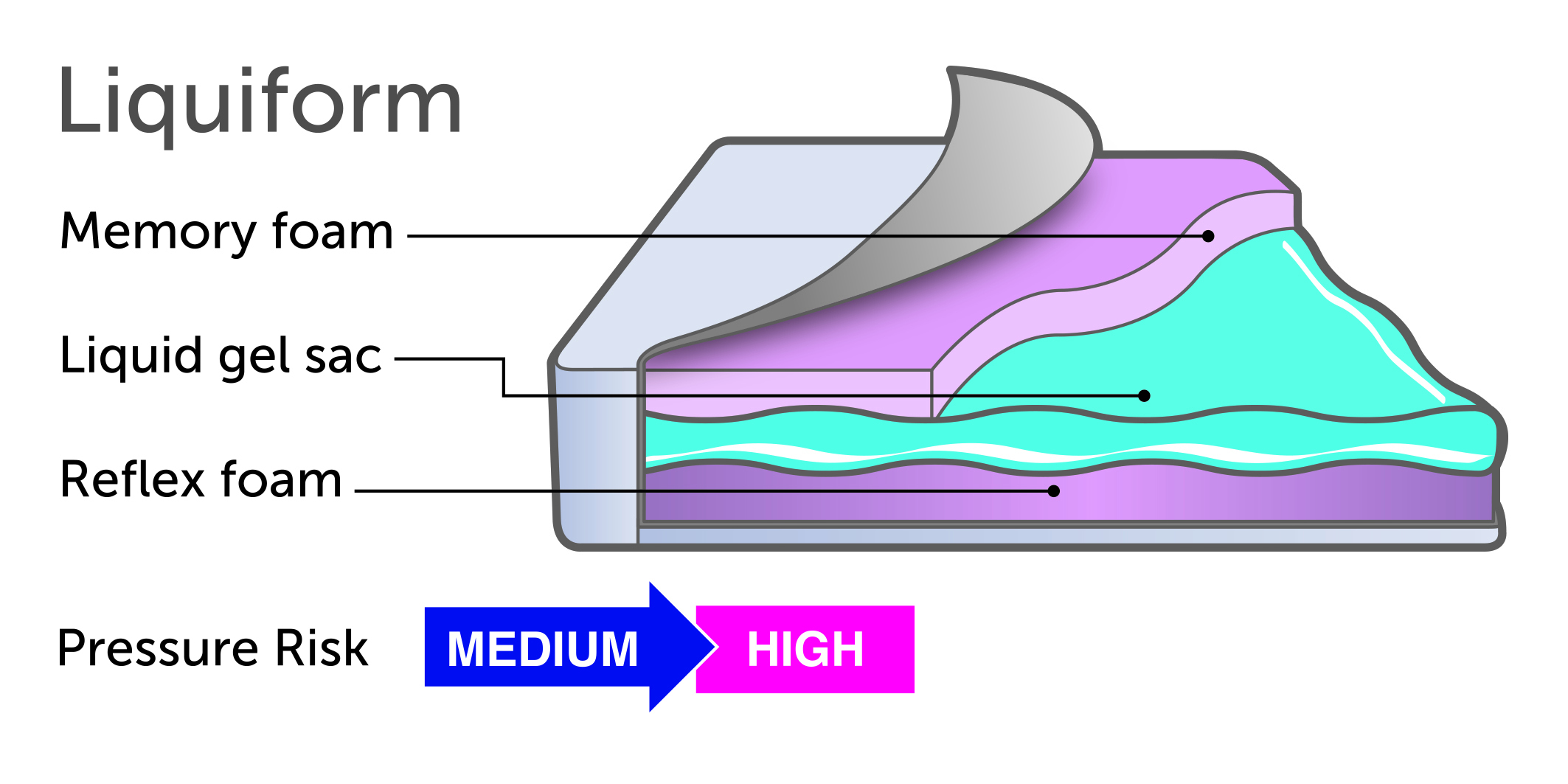Person
Laura1 is a 52-year-old lady with Multiple Sclerosis (MS). She was diagnosed with Relapse Remittance MS at 34, but the condition has since developed to secondary progressive MS.
Laura has significant episodes of lethargy alongside symptoms including muscular spasm, lower limb numbness, reduced balance (particularly dynamic) and fluctuating urinary incontinence.
Recently Laura has also had difficulties co-ordinating bilaterally which has impacted on her independence within certain activities of daily living.
She has become gradually less mobile over the last 2 years and is now hoisted passively due to balance, weakness and ataxia predominantly.
[1] Name used for illustration purposes
Environment
Laura lives alone in her own 2 storey home with a through floor lift. Ceiling track hoisting systems are installed where required on both floors.
She currently sits in an armchair that was raised with blocks when Laura was actively standing.
Occupation
Laura requires support from her care provider with all personal care activities. She enjoys reading, but is only able to do this in short spells due to fatigue. She has a book rest and page turner to support the activity.
Laura is keen to be able to alter her position in the chair independently so that she is less reliant on waiting for carers to arrive and more able to change between tasks/activities whilst alone.
Outcome – Clinical Reasoning

Multi C-air with dual motor tilt-in-space mechanism
This Dual Tilt in space mechanism will allow Laura to alter her position independently using the handset whilst having flexibility due to the dual motor to alter angles of flexion/extension before using the tilt in space feature to redistribute pressure, reducing shear or friction during chair movements.
This tilt-in-space mechanism also allows carers to position Laura effectively during transfers to reduce positional changes.
As Laura’s conditions change the Multi C-air can be easily adapted by using an alternative pressure management back or seat cushion from the interchangeable range that can be selected with this chair.

Back Cushion - Large profile headrest with support lateral
The firm foam lateral back cushion with soft fibre filled profile headrest will provide Laura with the support she needs given her limited trunk control and sitting balance. The profile headrest provides support to keep Laura’s head in good midline alignment which supports posture and functional engagement.

Seat Cushion - Liquiform
The Liquiform cushion provides a high level of pressure relief appropriate to Laura’s risks. An Airform cushion would provide an even higher level of pressure relief but is not appropriate in this case due to Laura’s sitting balance.
The heat reducing feature of the Liquiform cushion is particularly useful for Laura as MS symptoms can be exacerbated by environmental changes in temperature.

Fabric
To support Laura’s overall pressure management and to aid with heat dispersion a Dartex VP multi-way stretch fabric was chosen.
